How to Improve iOS App Rankings in The App Store
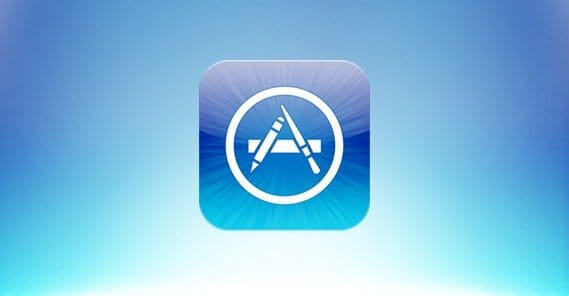
The Apple App Store, these days just a subsection of the greater iTunes mobile media distribution platform, is a surprisingly cutthroat place. There are over two million apps available to iOS users, and you can bet just about everything with any modicum of success has a dozen Chinese imitators almost immediately. To compete with the fine tuned machine of near plagiarism, along with all the other apps simply competing for attention, you need some sort of advantage. That’s where app store optimization comes in.
Submission
Before you can get a foothold in the app store, you need to submit an app. The Apple process for submitting an app is actually pretty complex, so much so that there are freelancers out there who specialize entirely in optimizing and submitting your app for you. It will give you a leg up on the competition if you can get through the submission process on the first try, so you don’t have delays with your marketing and you can promote it quickly and effectively.
The first thing you need for a good submission, other than a working and high quality app, is information about the app.
- Screenshots. Apple requires at least one screenshot for each supported device screen size. Your screenshots should be attractive and designed to bring in interest. They also cannot contain transparency of any kind in the image.
- Name. Interestingly, you can change the name of your app at any time, so renaming your app on the fly. If your initial launch doesn’t gain traction, you can try changing the name to either distance yourself from a failed launch or to take advantage of a more clever name. However, remember that you do lose association with the old name, so you don’t want to change away from something that works.
- Description. You need a good, detailed description of your app, complete with a features list and keywords relevant to the kinds of searches people will run to find your app.
- Keywords. The app store has a section for keywords, so you don’t need to shoehorn a keyword list into your description. You can include primary and tertiary keywords, separated by a comma, in this section.
- URLs. You need a website with URLs for support information, marketing information, and a privacy policy for your app. These are mandatory.
- Icon. A good, attractive icon is a must, and it will be generally associated with your logo as a company. Make sure your logo is something you want attached to your brand. It needs to be either a JPG or PNG file with 72DPI resolution in RGB. No layers, no rounded corners. If you don’t know what all that means, talk to your designer.
- Categories. You need at least one category for your app, and can optionally choose a secondary category. If your app falls under more than one, I really recommend picking a second, so people who browse the app store by category have a larger chance of seeing it.
The actual mechanical process of compiling and submitting the app is a bit technical and outside the scope of optimization, since it doesn’t really change your eventual ranking. You can read about it here, though.
Once you launch, you’ll quickly find that there are three categories of factors that affect your app store ranking.
- Controllable listing factors. These are entries like your app name, your description, and your keywords, which you can change at any time.
- Uncontrollable listing factors. These are derived factors like the number of downloads your app receives and the ratings and reviews it gets.
- Off-store factors. This is your word of mouth, your off-site advertising, and your reputation.
You can take steps to optimize all of these, though number two is obviously going to be harder to do legitimately.
Listing Elements
As with all good marketing, the first thing you actually need to do is sufficient keyword research. You have an app, so what does it do? What purpose does it serve? What kinds of people are looking for that kind of app? An app like Tindr is going to have a very different audience and a very different set of keywords than Instagram, or Game Dev Story, or a task-oriented hotel chain app for managing bookings. Thankfully, keyword research for apps is going to be much the same as keyword research for blogging or for any other content creation.
The primary difference is that you don’t need to try to hunt for long-tail keywords for your apps. There are far fewer apps than there are blog posts, after all. You’re not going to find a company like Moz dominating a niche in the app store; there’s plenty of room for primary keyword competition. There are always going to be dominant apps in a niche, but the trick is showing up in the top 10. There aren’t likely going to be 10+ strong competitors for your app, and if there are, you might want to reconsider your investment.
When you submit an app, and any time after it, you can change your title, description, and keyword list. These should all include your primary keywords.
If it seems weird to have a keyword in your app title, well, it is. It goes against modern SEO ideals, where exact match domains and keyword-focused titles don’t do as well. Google is a lot more sophisticated about these things than Apple, though, and the app store is relatively fresh territory. The fact is, MobleDevHQ and Apptentive did a study and found that apps with keywords in the title had a 10.3% higher ranking overall compared to those without.
The trick is that there’s a middle ground for apps. All the big names apps, like Snapchat, or Instagram, or Tindr, or whatever other snappy name for an app you can remember, these are all immensely popular. They have their own brand. They didn’t put keywords in their app titles to get started, but they did make up for it with immense amounts of advertising to push past the plateau where so many apps stall out. You can use a brand name for an app title instead of a keyword, but you have to make up for that value elsewhere, typically though paid advertising.
Keywords are obviously a lot easier to work into descriptions, and the keyword list is dedicated specifically to them, so it’s easy to use them there. Basically, you just need good copy with some keyword usage for your description, and a keyword dump of your most effective keywords in the keyword section.
One general tip for all of your targeting is to be very precise and narrow with it. You might not get many users for an “accounting” app, but you can target a particular type of small business accounting and get a higher number of users in that narrow niche. It’s not quite so far as long tail with SEO, but it’s a similar concept.
Having more downloads, more ratings, and higher ratings all correlate to having a higher ranking in the app store results. To a certain extent, it’s a feedback loop; the more time you spend in the higher ranks in the app store, the more attention you get, so the more downloads, better ratings, and more exposure you get. It’s hard to say how potent these metrics are, especially since the precise number of downloads is hidden from anyone but the devs of the app, but it’s safe to say that it’s important.
So, encourage downloads by advertising. Encourage ratings by including in-app prompts to rate the app. I’ve seen time-based and action-based triggers that ask you to rate the app when using it, and this can be quite effective so long as it doesn’t interrupt something time-sensitive or important. For example, a game could do it between levels, but not in the middle of a level. You can test different versions of the app with different triggers to see which gets a better conversion rate on ratings.
I have seen some apps prompt for a star rating inside the app, with a 1-5 system, but that redirect the 1-3 ratings to a feedback form rather than to the rating form. This is kind of shady but also pretty effective. You make it easy for people who like the app to rate it highly, but make people who don’t like it have to jump through hoops – going to the app store page manually, mostly – to rate it poorly. You also solicit feedback from the people who don’t like it, so you can try to make changes to help alleviate those problems.
Inbound Advertising
All of that will help you capture the people who are already on the app store and looking for something like your app. You also need to get people who aren’t on the app store TO the app store, and that means advertising or inbound marketing.
The first major tip is social media. Make use of, at the very least, Facebook and Twitter for your app. Twitter can be a very responsive format for customer service, for announcing when you’re looking into bugs, and for talking frankly about updates. Facebook, meanwhile, can be a more promotional and longer-form way to discuss value, what your app brings to the table, and why people should download. It’s the typical blog share scenario, where you write those kinds of posts on your site and share them on Facebook to get them spread around.
Second is having a website and blog. Some companies get away without this, but generally because they’re foreign-based and have a poor grasp of the English language. You can always run an app website in your own language and allow people to translate patch notes and such, but it depends on what the audience you’re targeting is. Games get away with this a lot more than business apps, for example. For tips about content marketing, just see the rest of this blog.
Third, you’re going to want to spend some money on advertising. If you’ve done your research, you know who your audience is. You can spend some cash through Google and Facebook ads to reach them in as targeted a way as possible. You want to come up with advertisements that put forward the value proposition your app brings to the table, and pay to get those ads in front of the people suffering from the problem your app solves. It won’t be easy – ad optimization is more complex than app store optimization by a long shot – but it can get you an immense amount of traffic if you do it right.
Fourth, you’re going to want to promote your app everywhere you can. We’re talking business cards with a link, links in the email signature, visits to trade shows where you can find people who could be interested in it, the whole nine yards. Every chance you get to send someone to your app store page is a chance to get another download.
I know I’m glossing over a lot of this, but it’s pretty much all standard inbound marketing and social media usage regardless of what product you’re marketing. You can find guides for pretty much every aspect of it online, in as much detail as you could possibly want.
Once you get over the initial hump of settling in the rankings, that’s when you can start doing more on-site optimization to your app store listing. Your initial concern is getting the listing up with a good, functional app and sending it out to every marketing channel you have. Once it settles, then you optimize it to make it move up in the ranks. Ideally, you get enough attention that you can build a brand around the app, expand it, and hit the big time.
 ContentPowered.com
ContentPowered.com
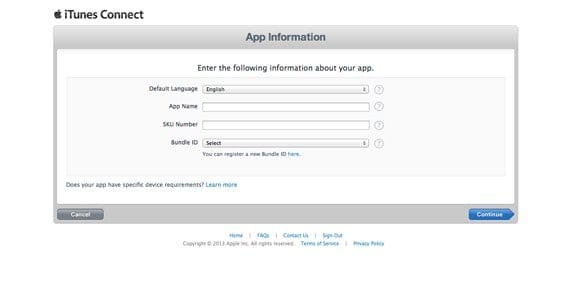
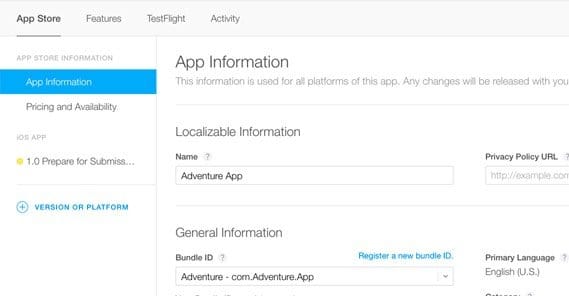

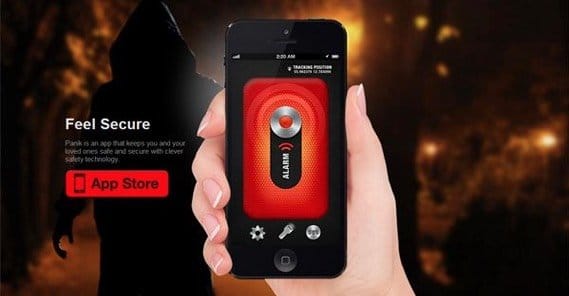


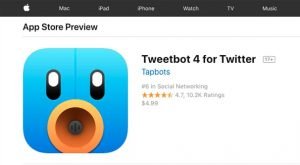

Thanks for sharing the information with us! The content was very useful It would be helpful to improve our ranking .
Thanks for sharing the information with us! The content was very useful It would be helpful to improve our ranking .
I must say you have high quality posts here. Thanks for sharing.
I must say you have high quality posts here. Thanks for sharing.